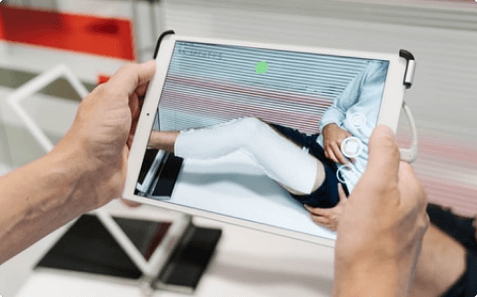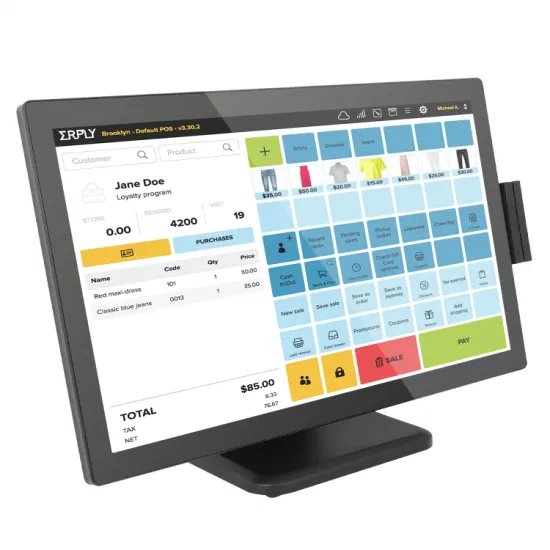“Hardware is the new software” the mantra goes. With easy to access contract manufacturing, online sales, and eager investors, getting a hardware product to market is easier than ever before. Thanks to crowdfunding websites, even startups have access to funds, exposure, and market validation formerly reserved for tech goliaths.

Instead of making “hardware the new software,” the new flow of cash into hardware startups highlights how different hardware and software are. In fact, for all the advances, hardware startup success stories are few and far between when compared with software/internet startups, both in multitude and magnitude.
And even the successes aren’t as rosy as they first appear. Pebble, a smartwatch company, unveiled its second generation smartwatch and turned again to Kickstarter in 2015. Within 17 minutes half a million dollars was raised. Pebble has since announced that it is laying off a quarter of its workforce due to lack of funding (but more importantly due to lack of sales and profits), according to Pebble’s CEO, but the real issue is that funding dried up because Pebble lost its edge and initial excitement as new competition from big and small players entered into the smartwatch space.
Hardware is indeed easier than it has ever been before, but the excitement from these changes has outpaced the underlying reality that the hardware business doesn’t scale or sustain like software.
A bumpy return to reality
By the looks of it, late-stage investors still haven’t been able to place a winning bet on hardware companies. Building a company out of a novel hardware idea like Makerbot (the headline-grabbing 3D printer for the masses), strong branding like Skull Candy (headphones), or a combination of the two like GoPro, seems to have a great start while the concept is new and gaining hype, but very difficult to maintain for more than a few years. Some of these companies hold out longer than others, but their paths all follow the same downward movement.

As late-stage investors continue to get burned during the subsequent crash of a high flying hardware company the criteria and timeline for investment must be re-evaluated. Instead of looking at the tech, which always becomes obsolete, an investor must look at the parallel long term value that a company creates while a product is hot. For example, is the company in a space with room for further innovation and a large enough market to develop parallel niches?
And is the company able to open tons of sales channels and create a recognizable brand that it can continue to leverage by buying or licensing new products from smaller startups? Once the original tech dies the channels and the brand have enduring value if managed properly, but coming up with unique and marketable tech while building a company from scratch is a huge risk and not something to depend on happening.
Why hardware is less scale-able than software
With hardware, there are many more challenges to consider beyond developing the best technology. Hardware requires high capital investment to finance manufacturing, the software has no inventory and therefore no inventory cost. For example, when a tablet brand gets an opportunity to sell into Walmart or Best Buy they need to supply about 20k-40k pcs for the initial order and put about 10k-20k pcs in their own inventory for restocking. For a mid-range tablet, the cost to the supplier is $40 per tablet.
That means the supplier needs to pay or finance up to $2.4 million in the product before one unit reaches end customers. To make matters worse for the poor supplier there’s usually a 3-5 month window between paying for the goods and receiving payment. These are challenges that simply don’t exist for software companies.

Making an engineering change to hardware takes a week or more to test, and getting the revised product into the customer’s hands could take months. If the engineering change is required to fix a usability malfunction, or even worse, a safety threat, the cost to get new devices into customers’ hands could bankrupt many small companies. Take the unfortunate problems that Samsung, one of the best brands in the world, is having with their top of the line smartphone, the Note 7, right now.
There’s a critical defect with the battery catching fire. This one probably very small mistake is slated to cost Samsung $2.3 billion USD. With software, an engineering change could arrive at customers in hours or days, and in many cases, the customers don’t even know what happened thanks to pushing updates.
People are creatures of habit; once they become accustomed to using something getting them to change takes a lot of motivation. Hardware and software both offer many alternatives for the same kind of product, for example, there are many kinds of headphones to choose from just as there are many kinds of accounting software to choose from, but getting up to speed on how to use a new headphone requires a lot less effort than learning to navigate new accounting software.
Also, many software success stories come from companies that develop a marketplace or platform to connect supply and demand. Once first mover platforms have a critical mass, such as eBay, Airbnb, Whatsapp, etc… it becomes harder for alternatives to take that user base. Although Facebook overtook MySpace as the leading social network platform, so it’s not impossible if a much better product comes out later.

Because using new hardware is so much easier than learning how to use new software, hardware companies have a more difficult time creating a sticky user base. Once a hardware product becomes successful competition will jump on the trend and start eroding pricing as well as coming out with better features. GoPro has done a relatively good job maintaining their dominance in the action camera market as they created a strong brand and a product with a high enough margin to keep their distribution partners incentivized, but that hasn’t kept their stock from tanking since the IPO.
With mass market products, there is a multitude of established brands that compete for sales. These companies have famous brand names, world-class marketing and distribution, and deep pockets. Look at what’s happening in the virtual reality space. Oculus Rift was bought by Facebook for $2 billion, but now Samsung, HTC, and plenty of startups have equally as good products available worldwide.
Distribution is also a nightmare for hardware. First, there’s the challenge of getting retailers or other distributors to pick up the product. Almost always these channels require 2-3 month financing, don’t guarantee sales so the product can be returned without being paid for, will accept any customer return (and not pay the brand for those), and the list of headaches for the brands. With software distribution today there’s rarely any physical distribution restrictions whatsoever as the internet is a global distribution channel that everyone has access to.
Where this leaves us
Just because tech hardware involves engineering and electronics, it still falls into the category of traditional physical consumer products. There’s some value gained by hardware products that are highly integrated with software, but anytime there’s a physical device involved it’s important for any entrepreneur or investor to think through how to deal with the challenges mentioned above.
Yours truly, Ben Dolgin-Gardner, Hatch founder and Manufacturing Solution Expert


